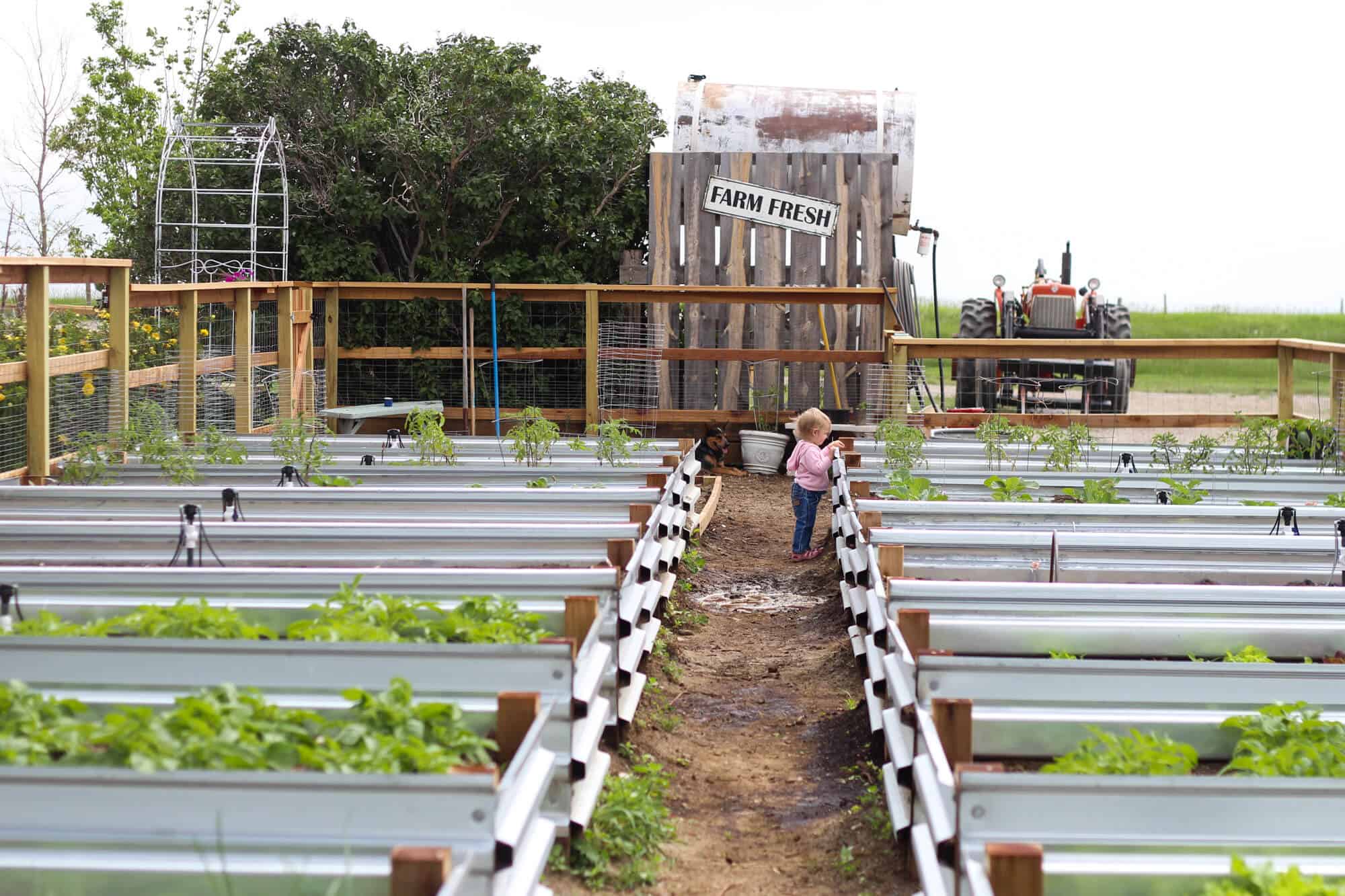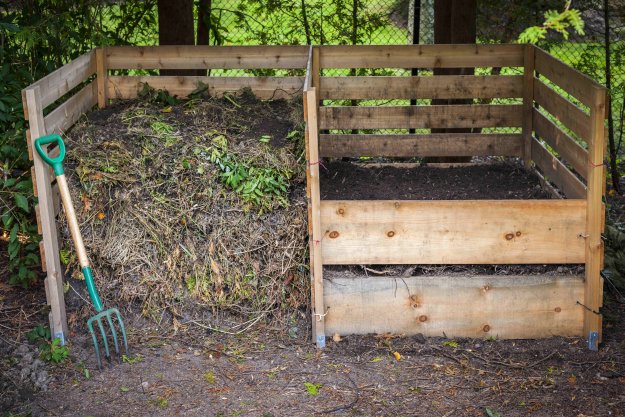Discover Necessary Tips for Successful Horticulture Techniques and Practices
Horticulture, commonly seen as a straightforward leisure activity, incorporates a range of strategies and techniques that can dramatically influence the result of your efforts. By prioritizing vital elements such as soil wellness, effective sprinkling approaches, and ideal plant choice, gardeners can produce a growing environment that supports vibrant development. Comprehending the nuances of bug monitoring and seasonal maintenance can better enhance performance. Lots of fanatics neglect essential details that can make or damage their horticulture success-- exploring these forgot elements might expose the trick to cultivating a growing yard.
Comprehending Dirt Wellness
Dirt wellness is a fundamental element of successful gardening, as it directly affects plant development, vitamins and mineral schedule, and ecosystem equilibrium. Healthy and balanced dirt is defined by a rich biodiversity of microorganisms, organic matter, and a well balanced pH level, which with each other develop an atmosphere favorable to plant advancement.
To understand dirt wellness, one need to consider its physical, chemical, and biological residential or commercial properties. The structure and structure of soil affect its capacity to maintain wetness and nutrients, while the chemical composition determines the schedule of necessary aspects like nitrogen, phosphorus, and potassium. Normal soil screening is important to examine these elements, permitting gardeners to make enlightened decisions concerning modifications and fertilizers.
Moreover, promoting organic task within the soil is essential for preserving its health. Practices such as composting, crop turning, and using cover plants can enhance microbial variety, enhance nutrient biking, and decrease dirt disintegration. By prioritizing dirt wellness, gardeners not only optimize plant growth however additionally contribute to a lasting community, making certain that their horticulture techniques are resistant and environmentally accountable with time.
Effective Watering Strategies
Ensuring that plants receive the proper quantity of water is essential for their health and growth, specifically when paired with a solid structure of dirt health (Homestead Gardening). Effective watering methods can considerably affect plant vigor, minimizing water wastefulness and advertising optimum growth
One essential technique is deep watering, which encourages origins to grow deeper right into the soil, enhancing dry spell resistance. This technique generally involves sprinkling less regularly however in bigger amounts, allowing dampness to penetrate the root zone extensively. Timing is likewise critical; early morning is the excellent time to water, as it lessens evaporation and allows foliage to completely dry throughout the day, lowering disease threats.
Furthermore, employing mulch can aid maintain dirt wetness and manage temperature, additional aiding reliable watering methods. Making use of a drip irrigation system can likewise give targeted wetness straight to the roots, making sure that water reaches where it's most needed while preserving resources.
Checking rainfall and soil wetness degrees can guide changes in your watering schedule, making sure plants obtain consistent hydration without over-saturation. By embracing these efficient sprinkling strategies, gardeners can promote a successful environment for their plants to flourish.
Plant Selection and Positioning
How can the right plant option and strategic positioning change a garden into a flourishing ecosystem? When picking plants, take into consideration variables such as environment, soil type, and sunshine direct exposure. Homestead Gardening.
Strategic placement entails preparing plants according to their development practices and needs. Taller plants need to be placed at the back of boundaries to protect against shielding much shorter plants. Furthermore, organizing plants with comparable water and light requirements can boost their development and decrease competitors for sources.
Integrating a variety of plants not only adds visual appeal yet likewise advertises biodiversity, drawing in advantageous insects and pollinators. Take into consideration the read the article seasonal modifications in your yard; choose a mix of annuals, evergreens, and perennials to ensure year-round passion.
Lastly, bear in mind to evaluate the fully grown size of plants before growing to avoid congestion and guarantee ample air circulation. Thoughtful look at this site plant option and tactical positioning create a harmonious atmosphere, permitting your garden to grow while minimizing challenges.
Insect and Condition Management
Efficient bug and condition management is crucial for maintaining a healthy garden community - Homestead Gardening. An aggressive approach, combining cultural, biological, and chemical methods, can significantly decrease the effect of bugs and illness on your plants

Organic controls, such as introducing advantageous insects like ladybugs or predacious termites, can keep bug populations in check without damaging the atmosphere. Furthermore, preserving plant health and wellness through correct watering, fertilization, and trimming will strengthen their resilience against conditions.
When intervention is essential, select targeted chemical therapies, guaranteeing to adhere to application guidelines to lessen harm to non-target microorganisms. Constantly focus on continue reading this sustainable methods, as they advertise long-lasting yard health and environmental equilibrium. By integrating these methods, garden enthusiasts can successfully manage insects and conditions, making certain thriving plants and an efficient yard.

Seasonal Maintenance Practices
In springtime, focus on dirt preparation by screening pH degrees and adding necessary modifications. Consistently check emerging plants for diseases and parasites.
As summer season strategies, make certain appropriate irrigation while monitoring for indicators of tension or condition. Prune back overgrown plants to motivate air circulation and lower moisture around foliage. This practice not just enhances plant wellness however also advertises blooming and fruiting.
With the arrival of fall, it's time to get ready for winter season. Clean up fallen leaves and particles to stop bug problems, and consider planting cover crops to improve soil health and wellness. This season is likewise excellent for splitting perennials and growing spring-flowering light bulbs.
Conclusion
Effective gardening depend upon the combination of audio practices in soil health and wellness, watering, plant option, insect administration, and seasonal upkeep. By focusing on soil testing and microbial variety, using effective watering methods, and picking appropriate plants, gardeners can produce growing communities. Furthermore, aggressive insect administration and attentive seasonal maintenance add dramatically to overall garden vitality. Accepting these methods promotes a sustainable and efficient horticulture setting, making certain flourishing growth and resilience throughout the changing seasons.
By focusing on necessary aspects such as soil health, efficient watering strategies, and ideal plant choice, gardeners can develop a growing environment that supports vivid development. By prioritizing dirt wellness, garden enthusiasts not only maximize plant growth but additionally contribute to a lasting environment, guaranteeing that their horticulture methods are resistant and environmentally liable over time.
Taller plants must be positioned at the back of boundaries to prevent shielding shorter plants. Clean up dropped leaves and debris to protect against insect invasions, and consider planting cover plants to enrich dirt wellness.Effective gardening joints on the assimilation of sound methods in dirt health and wellness, watering, plant choice, bug management, and seasonal maintenance.